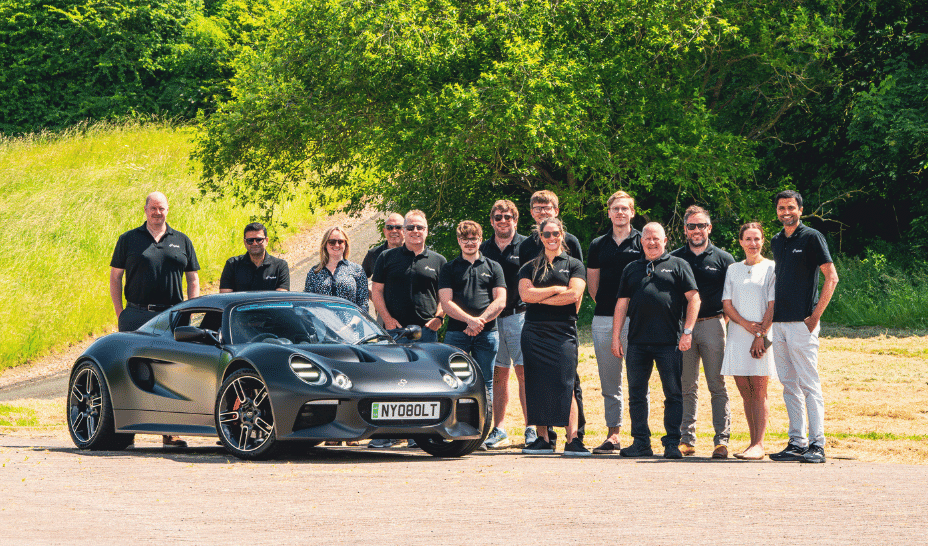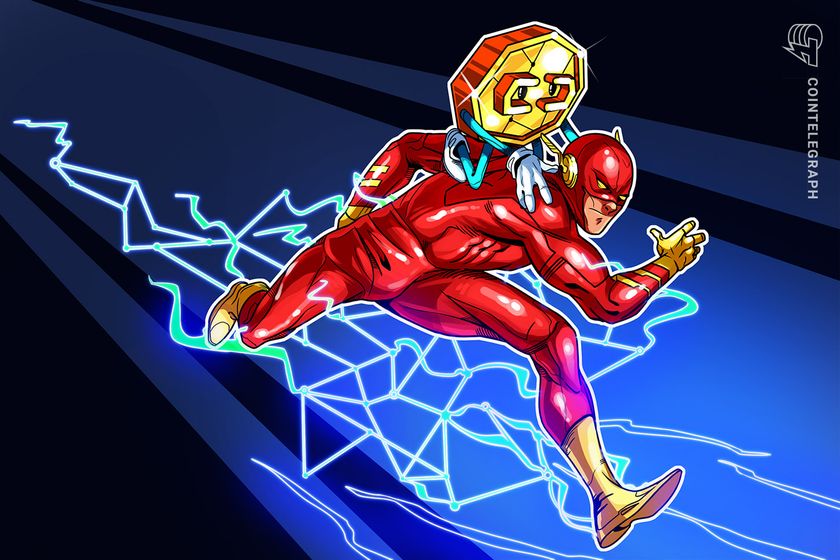How I Built and Documented My First Game Boy Advance IPS Mod
How I Built and Documented My First Game Boy Advance IPS Mod Modding a console was something I always thought was out of reach—until I did it. I recently completed my first-ever Game Boy Advance mod, giving a 20+ year-old handheld a second life with a sleek all-black shell and a modern 2.9” IPS V2 screen. What started as a casual interest turned into a full weekend project—and my first published technical guide. Why I Took On This Project I’m a creative/technical hybrid by nature. I love structure, storytelling, and hands-on building. This GBA mod combined all of that: Hardware troubleshooting Researching tools and parts Writing clear, beginner-friendly instructions Testing, revising, and problem-solving What I Did Sourced all parts myself (shell, screen, cables, etc.) Used a 32-pin GBA motherboard + IPS V2 screen Cleaned, assembled, and tested everything without soldering Spent about 3 hours total on the build Wrote a full technical document to help others follow along The Full Guide (GitHub) Want the complete step-by-step breakdown? Read it here → github.com/CaesarWattsHall/gba-ips-mod-guide Key Lessons Learned Cheap screws bend easily. One of mine stripped inside the shell—it took three tries and a replacement screw to fix. Clean your board first. Use isopropyl alcohol (on the right parts only!) before installing. Planning is everything. I chose a solderless setup for simplicity, and the 2.9" IPS screen made alignment easy. Future Upgrades I’m Exploring Li-ion battery mod with USB-C charging Flash carts (like the EZ Flash Omega Definitive Edition) Internal speaker upgrades Possibly a custom start-up sound or boot animation Why I Shared This This project wasn’t just about fixing up a handheld—it was about documenting something real. Writing the guide helped me think clearly, explain my process, and build something others could actually use. If you're a tech writer, builder, retro fan, or just curious—I'd love to hear your thoughts. Thanks for reading! Feel free to fork the guide, remix it, or message me if you're planning your first mod.
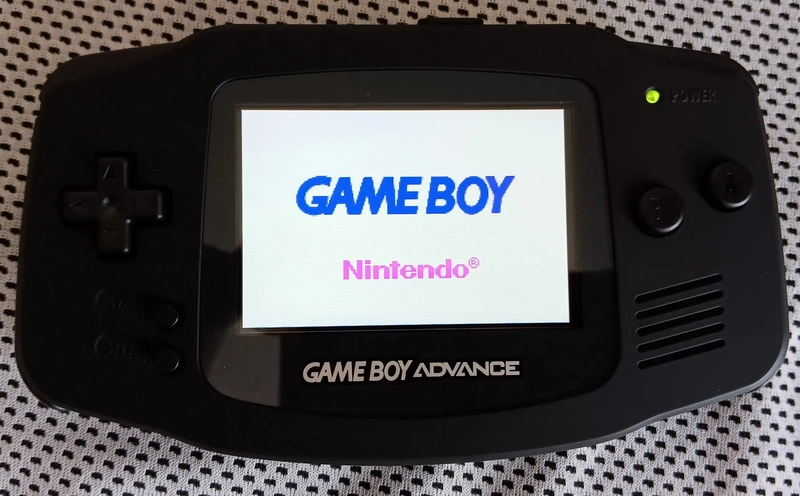
How I Built and Documented My First Game Boy Advance IPS Mod
Modding a console was something I always thought was out of reach—until I did it.
I recently completed my first-ever Game Boy Advance mod, giving a 20+ year-old handheld a second life with a sleek all-black shell and a modern 2.9” IPS V2 screen. What started as a casual interest turned into a full weekend project—and my first published technical guide.
Why I Took On This Project
I’m a creative/technical hybrid by nature. I love structure, storytelling, and hands-on building. This GBA mod combined all of that:
- Hardware troubleshooting
- Researching tools and parts
- Writing clear, beginner-friendly instructions
- Testing, revising, and problem-solving
What I Did
- Sourced all parts myself (shell, screen, cables, etc.)
- Used a 32-pin GBA motherboard + IPS V2 screen
- Cleaned, assembled, and tested everything without soldering
- Spent about 3 hours total on the build
- Wrote a full technical document to help others follow along
The Full Guide (GitHub)
Want the complete step-by-step breakdown?
Read it here →
github.com/CaesarWattsHall/gba-ips-mod-guide
Key Lessons Learned
- Cheap screws bend easily. One of mine stripped inside the shell—it took three tries and a replacement screw to fix.
- Clean your board first. Use isopropyl alcohol (on the right parts only!) before installing.
- Planning is everything. I chose a solderless setup for simplicity, and the 2.9" IPS screen made alignment easy.
Future Upgrades I’m Exploring
- Li-ion battery mod with USB-C charging
- Flash carts (like the EZ Flash Omega Definitive Edition)
- Internal speaker upgrades
- Possibly a custom start-up sound or boot animation
Why I Shared This
This project wasn’t just about fixing up a handheld—it was about documenting something real. Writing the guide helped me think clearly, explain my process, and build something others could actually use.
If you're a tech writer, builder, retro fan, or just curious—I'd love to hear your thoughts.
Thanks for reading!
Feel free to fork the guide, remix it, or message me if you're planning your first mod.



.jpg)












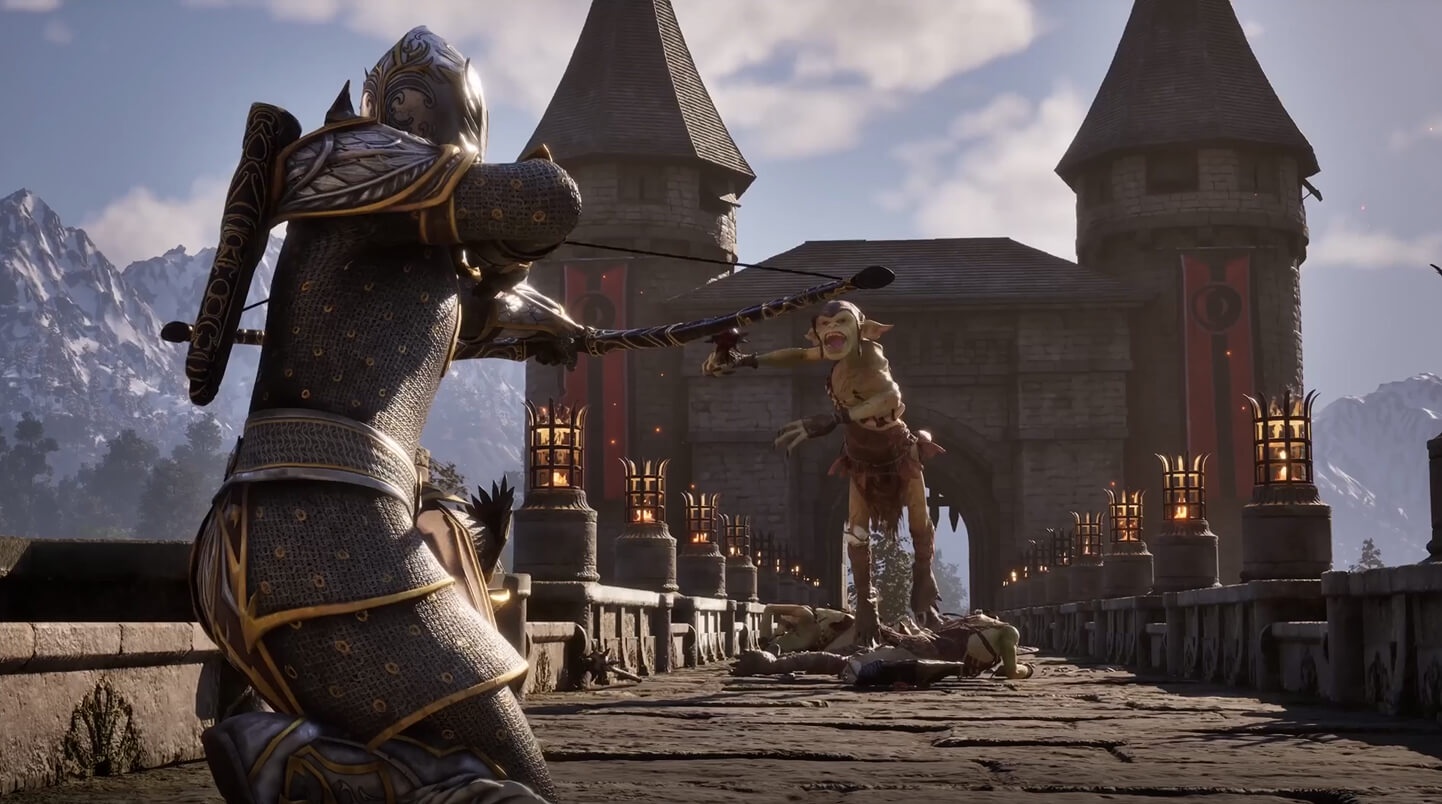

























































































































































![[The AI Show Episode 144]: ChatGPT’s New Memory, Shopify CEO’s Leaked “AI First” Memo, Google Cloud Next Releases, o3 and o4-mini Coming Soon & Llama 4’s Rocky Launch](https://www.marketingaiinstitute.com/hubfs/ep%20144%20cover.png)

































































































































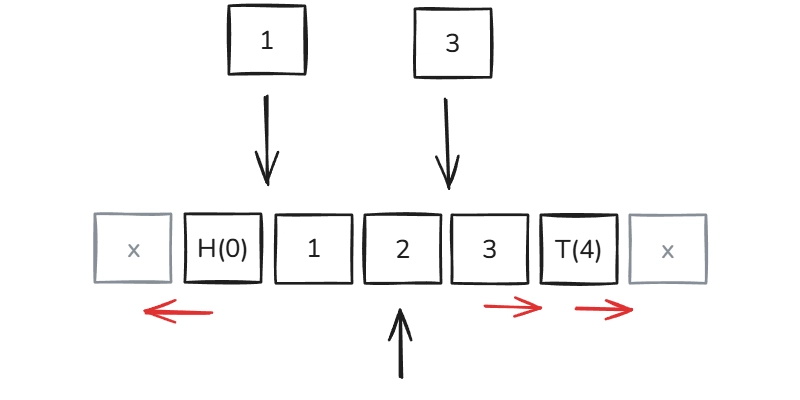












































.png?width=1920&height=1920&fit=bounds&quality=70&format=jpg&auto=webp#)

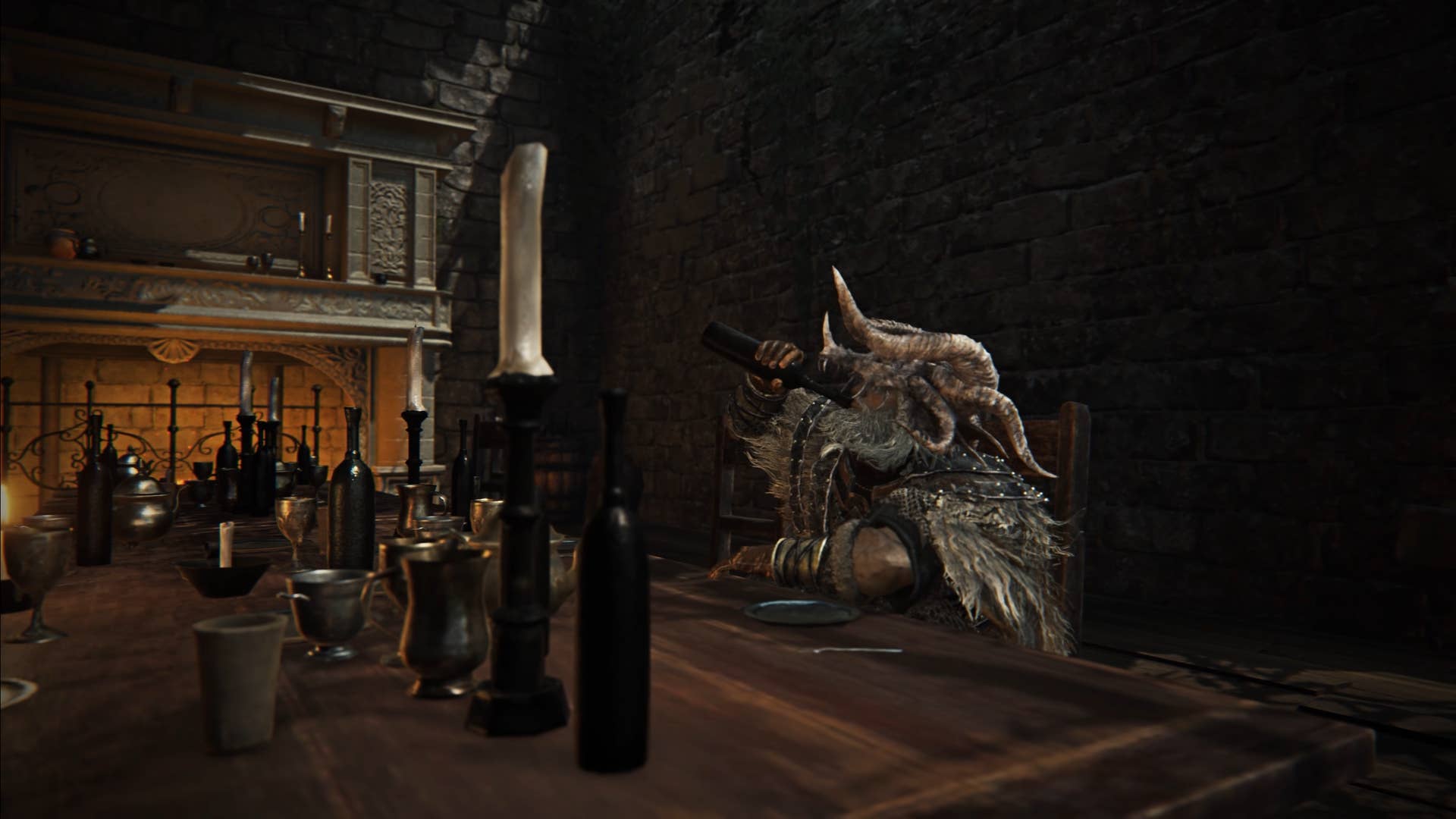










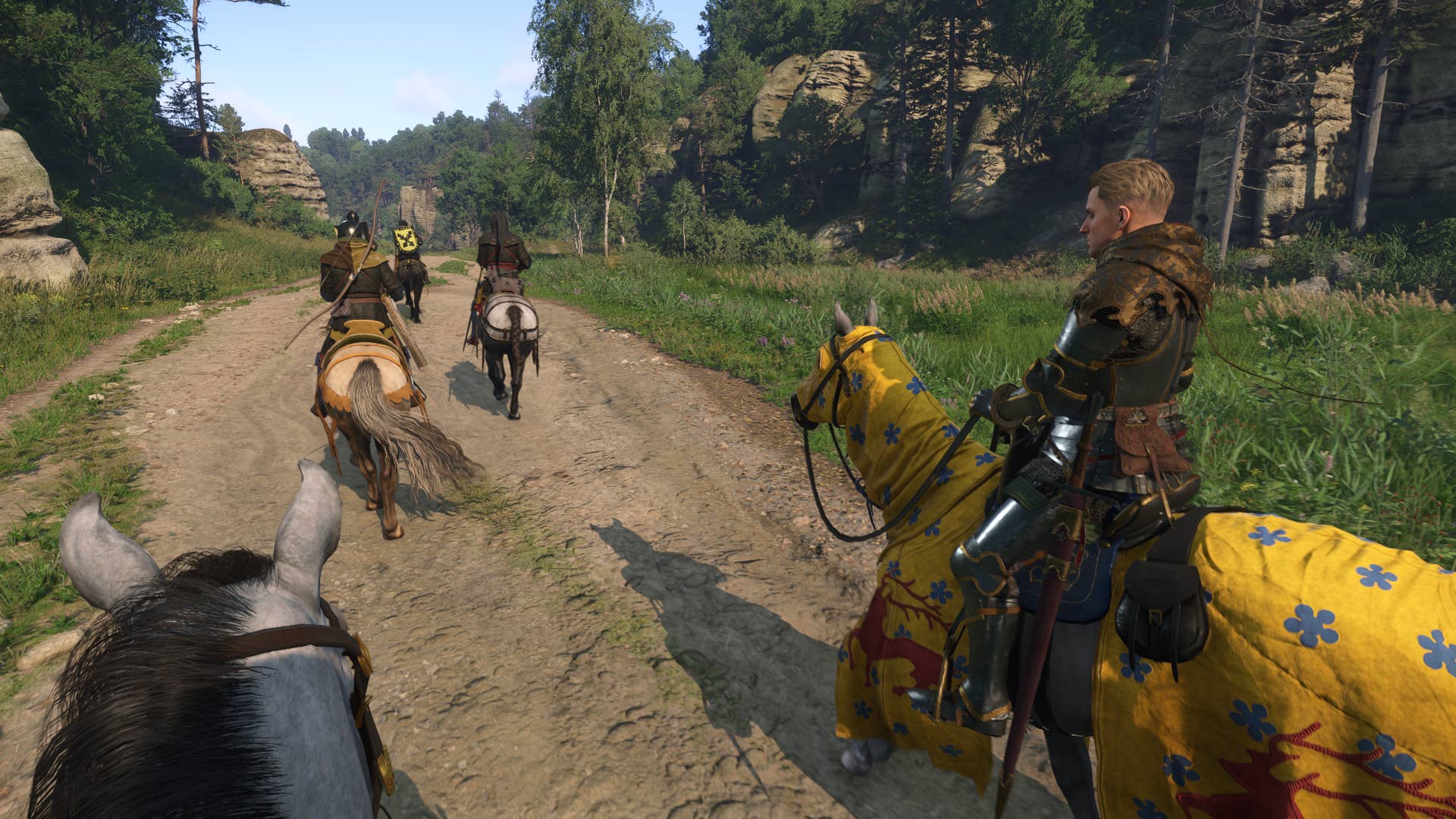








![Blue Archive tier list [April 2025]](https://media.pocketgamer.com/artwork/na-33404-1636469504/blue-archive-screenshot-2.jpg?#)


































.png?#)





















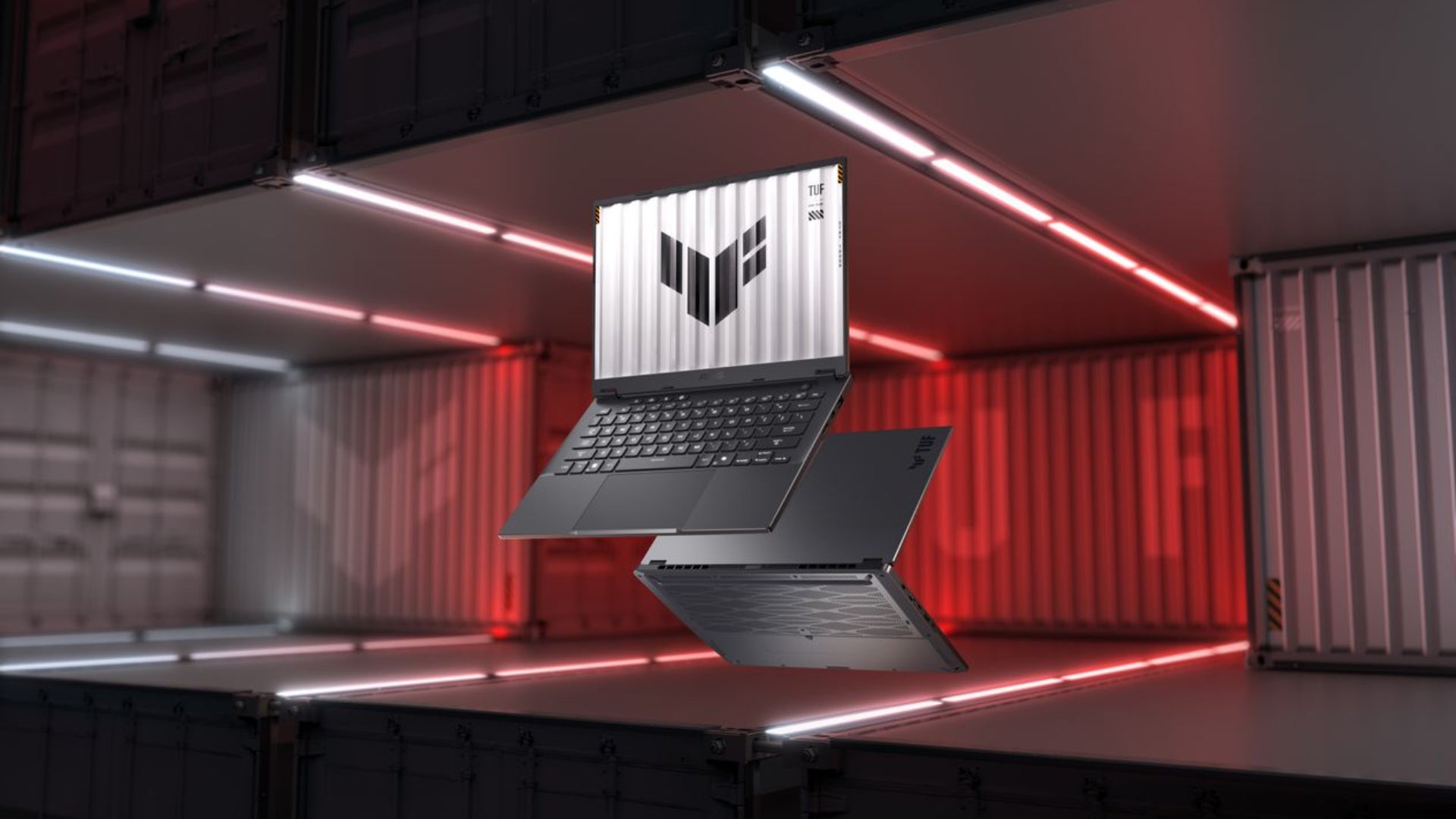
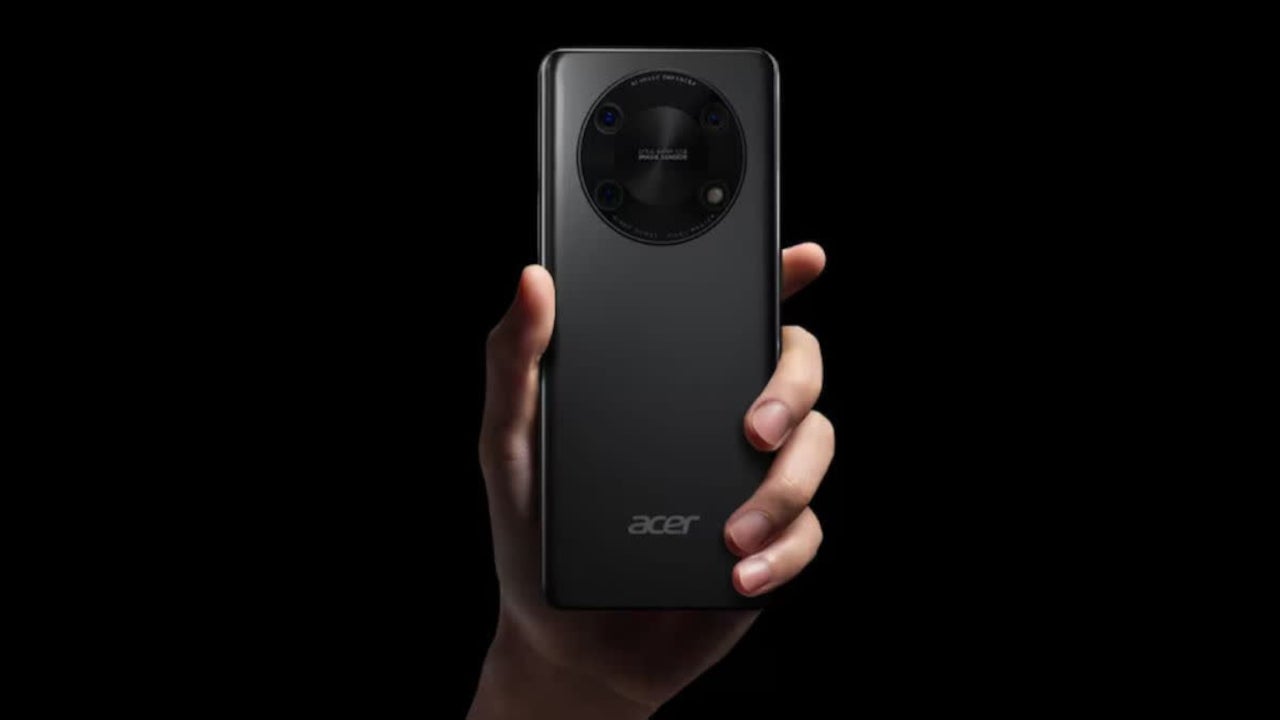

















.webp?#)























































































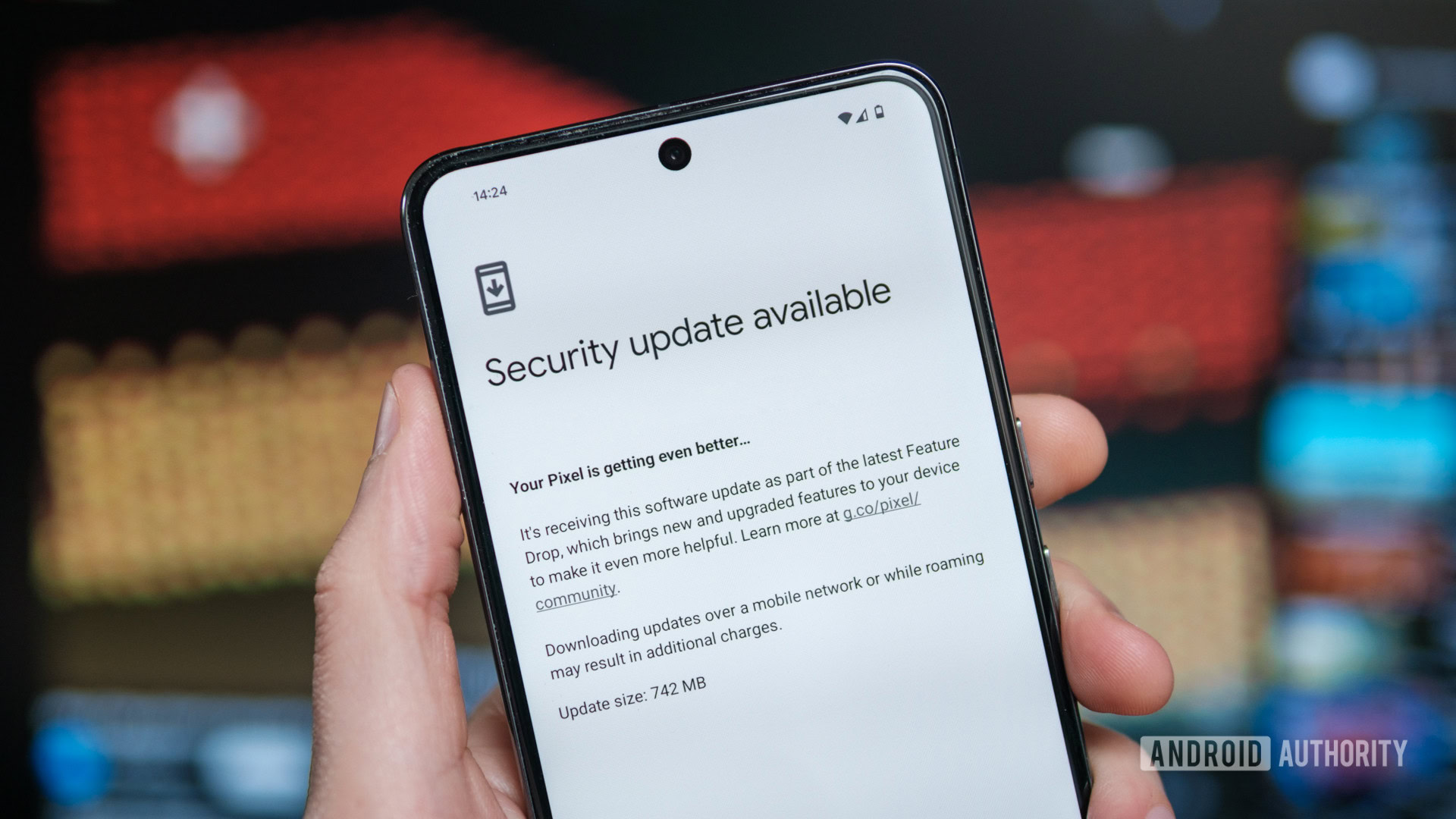


















![Apple to Split Enterprise and Western Europe Roles as VP Exits [Report]](https://www.iclarified.com/images/news/97032/97032/97032-640.jpg)
![Nanoleaf Announces New Pegboard Desk Dock With Dual-Sided Lighting [Video]](https://www.iclarified.com/images/news/97030/97030/97030-640.jpg)

![Apple's Foldable iPhone May Cost Between $2100 and $2300 [Rumor]](https://www.iclarified.com/images/news/97028/97028/97028-640.jpg)
































































